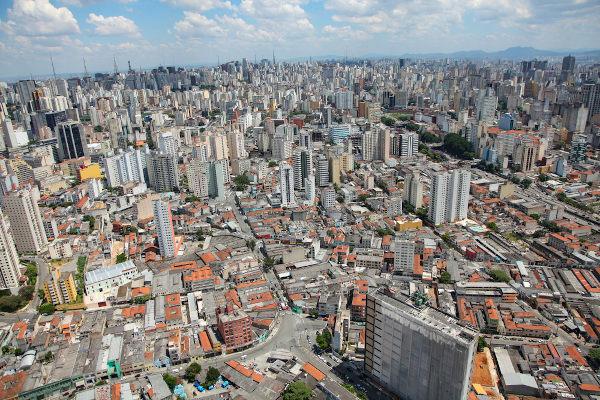THE conurbation it is the process in which two neighboring cities grow to the point that they come together, composing the same urban environment. In some cases, this growth occurs only in one of these two cities that, in a way, “invades” the space of the other, which starts to grow alongside it.
In Brazil, in practically all cases, the conurbation gives rise to the so-called metropolitan regions, which are sets of neighboring municipalities that are interconnected in geographic space, economy and social practices.
An example of conurbation is that of the metropolitan region of São Paulo, also called “Greater São Paulo”, involving more than 38 municipalities. In fact, all Brazilian capitals have their metropolitan regions, which also occurs in other types of cities, such as Campinas (SP) and Londrina (PR). The main city of a metropolitan region is named metropolis.
In areas where conurbation occurs, there is usually a great dependence of one city on another. In many cases, people live in smaller cities because they have the cheapest rent or real estate prices, but they work and carry out all their activities in the larger cities. Therefore, the so-called “sleeping cities” arise, where most people do not stay during the day.
But this fact has been changing in Brazil. Smaller cities that are part of a conurbation are gradually modernizing, generating more jobs and achieving greater autonomy in relation to their corresponding metropolis.
And you, do you know or live in a city conurbated?
By Rodolfo Alves Pena
Graduated in Geography

